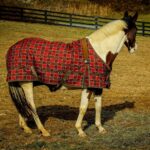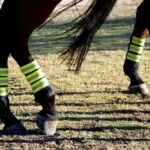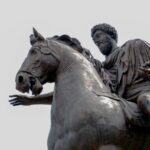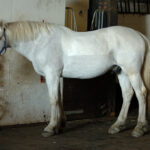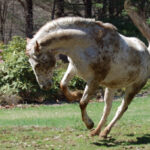Few partnerships in history have been as iconic and enduring as that between the cowboy and his horse. This relationship, forged in the vast expanses of the American frontier, transcended mere practicality to become the foundation of an entire cultural identity. The horse wasn’t simply a tool for the American cowboy—it was a companion, lifeline, and ultimately, an extension of the cowboy himself. Through challenging terrain, harsh weather, and the demanding work of cattle driving, the horse proved indispensable, earning its place as the defining symbol of cowboy culture. This deep connection transformed working horsemen into the mythic figures we recognize today, creating a legacy that continues to capture our imagination centuries later.
The Spanish Introduction of Horses to the Americas
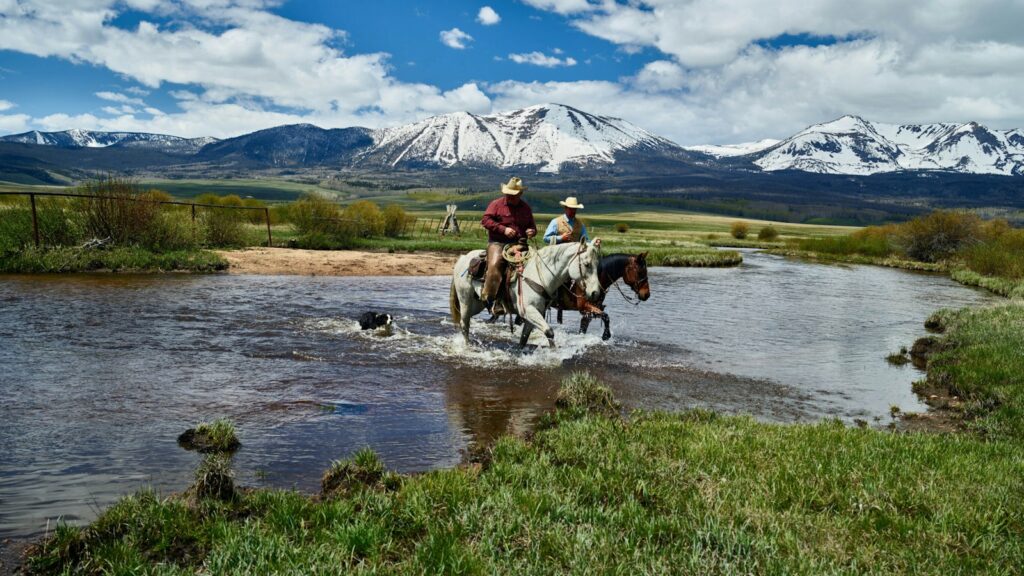
The story of how horses became integral to cowboy identity begins with Spanish conquistadors in the 16th century. When explorers like Hernán Cortés arrived in the New World, they brought horses that would forever change the landscape of North America. These Spanish breeds, primarily Andalusians and Barbs, were well-suited to the demanding conditions they would face in their new environment. Prior to European contact, horses had been extinct in the Americas for approximately 10,000 years, making their reintroduction a pivotal moment in the continent’s history. As Spanish missions and settlements expanded northward, their horses spread throughout the Southwest, eventually establishing wild herds that would become an invaluable resource for Native Americans and, later, American cowboys.
Native American Adoption and Transformation

Before horses became synonymous with cowboys, they revolutionized Native American cultures across the Great Plains and beyond. Tribes like the Comanche, Apache, and Lakota became exceptionally skilled horsemen, developing riding techniques and breeding practices that would later influence cowboy horsemanship. This “horse culture” dramatically changed Native American mobility, hunting practices, and warfare capabilities, creating some of the most accomplished mounted warriors in world history. Native Americans also developed distinct horse training methods that emphasized cooperation rather than domination, an approach that would partly carry over into cowboy practices. These Indigenous horsemen established the foundation for the horse-human relationship that would become central to the American West, effectively serving as precursors to the cowboy tradition.
The Mexican Vaquero Tradition
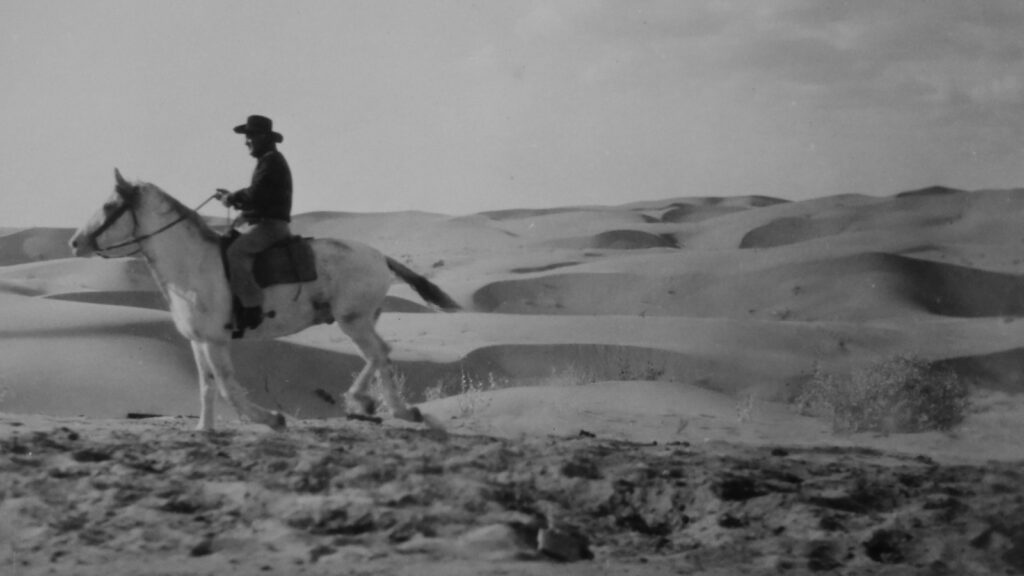
The direct ancestors of the American cowboy were the vaqueros, skilled Mexican horsemen who developed specialized techniques for managing cattle from horseback. Emerging in the 17th and 18th centuries on the haciendas of New Spain (present-day Mexico), vaqueros perfected the art of working with half-wild cattle across vast, unfenced ranges. Their equipment—including the saddle with its high pommel and cantle, braided rawhide reatas (lariats), and distinctive spurs—would later be adopted and modified by American cowboys. Vaqueros developed an almost mystical relationship with their horses, training them to respond to subtle weight shifts and leg pressure rather than relying solely on reins for control. This sophisticated horsemanship required years of apprenticeship and created a profound interdependence between rider and mount that would become a hallmark of cowboy identity.
Practical Necessity in Cattle Management
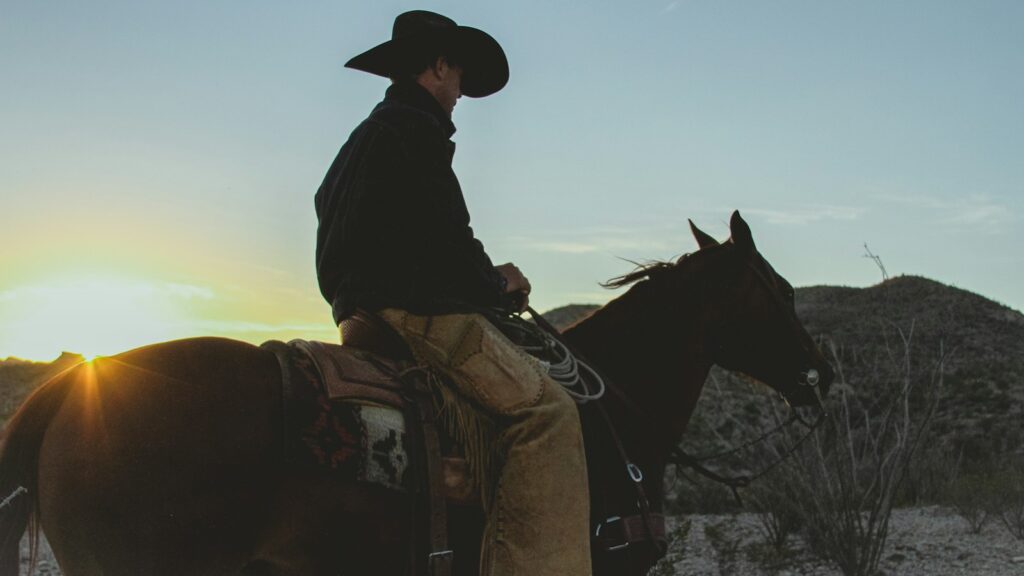
When American cowboys began driving cattle across the great distances of the post-Civil War frontier, horses became absolutely essential to their work. Managing hundreds or thousands of semi-wild longhorns across hundreds of miles of open range was physically impossible on foot. A good cow horse could help a single rider control dozens of cattle through its agility, speed, and “cow sense”—an innate ability to anticipate and respond to cattle movements. During the height of the cattle driving era from the 1860s to the 1880s, cowboys would spend up to 15 hours a day in the saddle, covering vast territories that would be unmanageable by any other means. This practical necessity created a dependence on horses that was unmatched in most other professions, making the animal not just useful but indispensable to the cowboy’s very existence.
The Development of the Quarter Horse
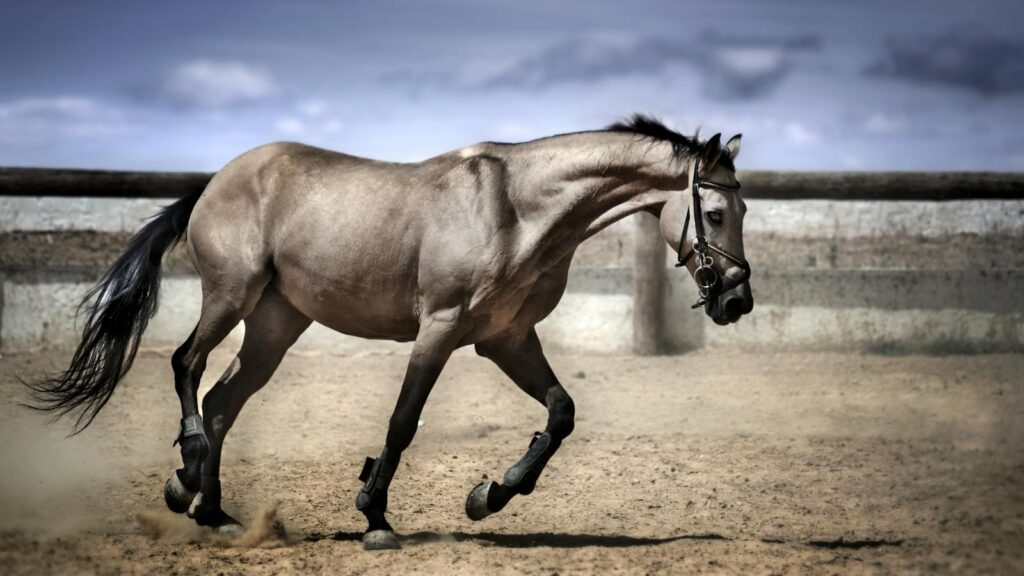
The American Quarter Horse, with its compact strength and explosive speed over short distances, emerged as the ideal working partner for cowboys. Developed through selective breeding of Spanish stock with English horses brought by eastern settlers, these animals combined the hardiness of their Spanish ancestors with new traits suited specifically to cattle work. Quarter Horses earned their name from their unmatched ability to sprint a quarter-mile, giving cowboys the burst of speed needed to overtake running cattle during cutting and herding operations. Their low center of gravity, powerful hindquarters, and innate “cow sense” made them exceptionally nimble and responsive when working with cattle. This distinctly American breed became so perfectly adapted to the cowboy’s needs that its development paralleled and reinforced the evolution of cowboy culture itself.
Horsemanship as a Measure of Cowboy Worth
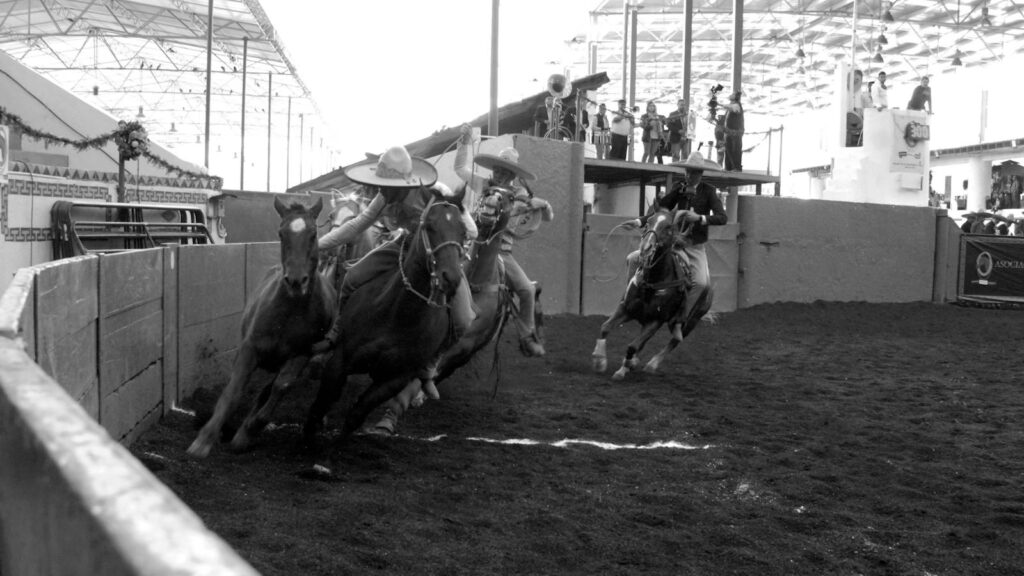
Within cowboy culture, a man’s skill with horses quickly became the primary measure of his professional worth and social standing. A cowboy who rode with grace, controlled his mount effectively, and demonstrated deep knowledge of horse behavior commanded respect regardless of his background or education. This meritocratic aspect of horsemanship created opportunities for social advancement that were rare in 19th century America, allowing men from diverse backgrounds—including former slaves, Mexican Americans, and poor whites—to earn respect through demonstrated skill rather than social position. The phrases “he sits a horse well” or “born in the saddle” weren’t mere compliments but significant acknowledgments of a cowboy’s competence and character. This core value system centered around horsemanship helped define the egalitarian ethos that became central to cowboy mythology.
The Horse as a Symbol of Freedom
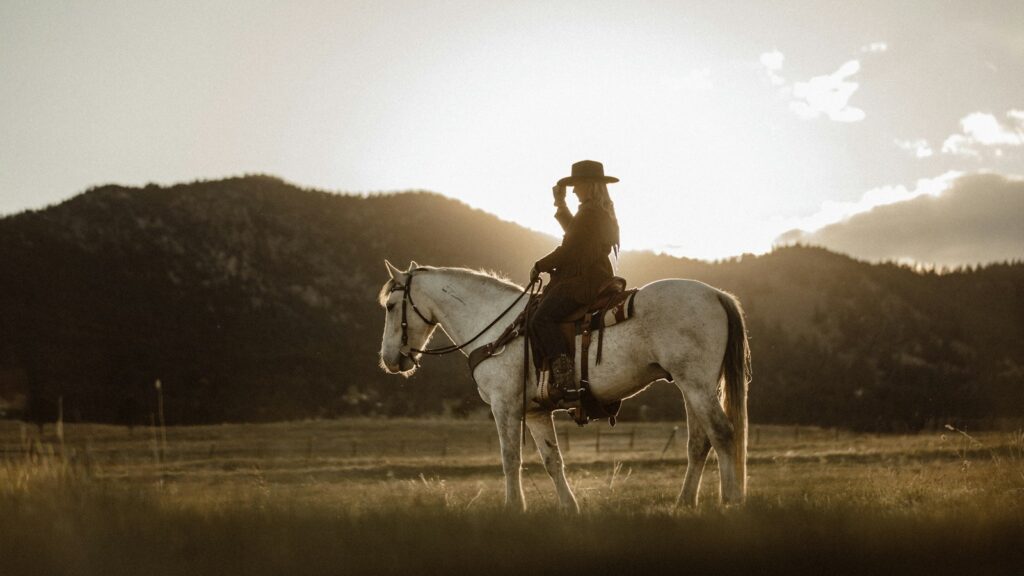
Beyond practical utility, horses represented something profound in the cowboy psyche: unrestrained freedom and mobility. In an era when most Americans remained bound to specific localities, cowboys and their horses embodied the unique liberty of the frontier, able to travel vast distances and cross natural boundaries with relative ease. This freedom was both physical and psychological, giving cowboys an independence that became central to their identity and cultural mystique. The sound of thundering hooves across open prairie became synonymous with the unfettered American spirit that would later captivate the national imagination. For many cowboys, particularly those who had experienced the limitations of urban industrial work or even slavery, this horse-enabled freedom represented a profound form of personal liberation that transcended mere employment.
The Emotional Bond Between Cowboy and Horse
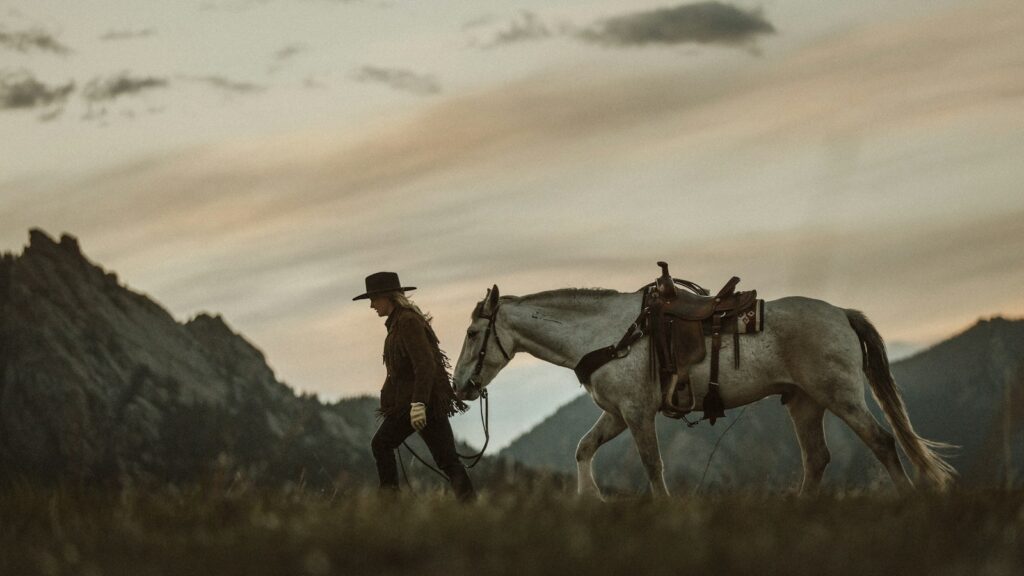
Despite their reputation for stoicism, cowboys often formed deep emotional connections with their horses that went beyond the practical working relationship. In the isolating environment of the frontier, where human companionship could be limited and transient, a cowboy’s horse provided consistent companionship and a silent confidant. Historical accounts frequently mention cowboys singing to their horses during night watches, talking to them during long journeys, and demonstrating remarkable concern for their welfare even under harsh conditions. Many cowboys gave their favorite mounts names reflecting unique personalities or characteristics, further personalizing this crucial relationship. This emotional dimension added depth to the cowboy-horse connection, transforming what might have been merely a utilitarian partnership into something approaching kinship.
Horse Gear and Tack as Cultural Markers
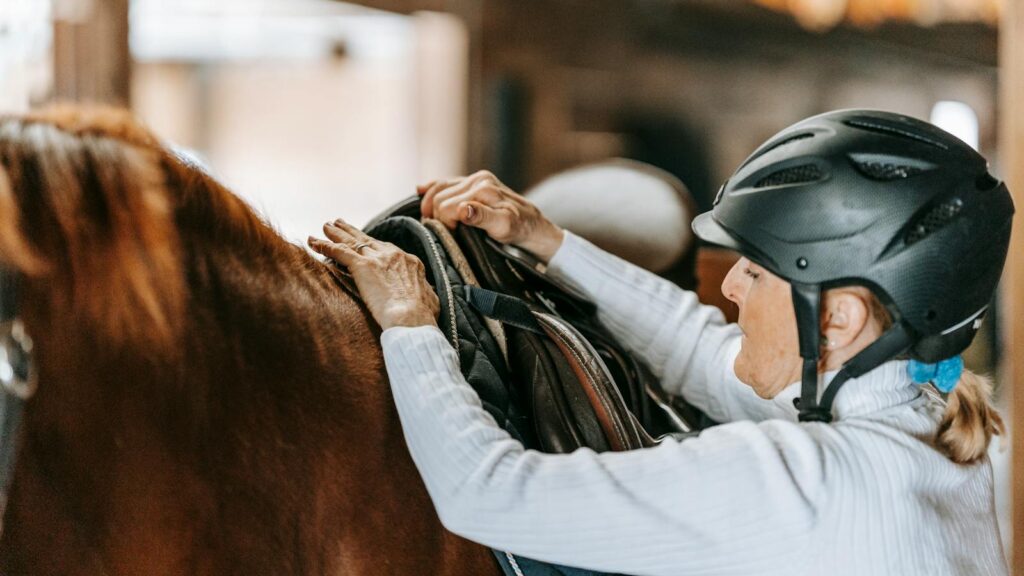
The specialized equipment developed for working with horses became distinctive cultural markers of cowboy identity. The western saddle, with its tree designed to distribute weight evenly over the horse’s back during long days of riding, evolved into regional variations that identified a cowboy’s origins and working style. Similarly, bridles, bits, spurs, and other tack reflected both functional needs and personal or regional expressions of craftsmanship and aesthetics. Cowboys took exceptional pride in their gear, often investing significant portions of their modest earnings in silver-mounted bits, handcrafted saddles, or finely wrought spurs. This attention to equine equipment went beyond utility to become a form of artistic and cultural expression that distinguished cowboys from other frontier workers and reinforced their horse-centered identity.
The “Remuda” and Horse Selection Culture
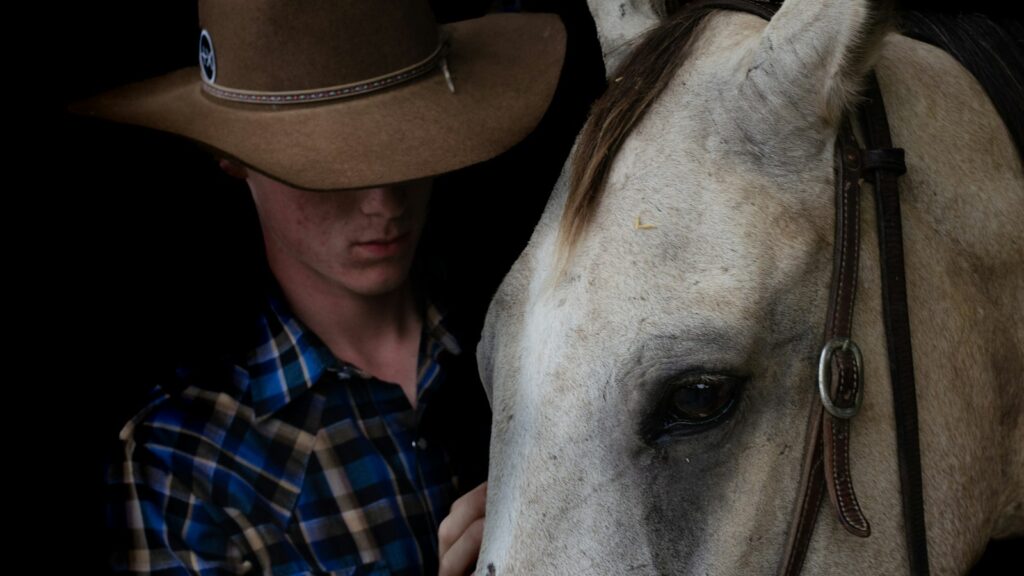
On working cattle operations, the remuda—the herd of trained horses maintained specifically for cowboys’ use—became a central feature of daily life and a source of constant discussion and evaluation. Cowboys developed sophisticated systems for assessing horse qualities, with entire vocabularies dedicated to describing gaits, temperament, and working abilities. During cattle drives, each cowboy would be assigned multiple horses from the remuda, rotating between them to prevent exhaustion and match different horses to specific tasks based on their strengths. The morning ritual of selecting and catching horses from the remuda was a fundamental aspect of cowboy life, often determining how effectively the day’s work would proceed. This culture of horse selection and evaluation became so ingrained that it formed its own specialized knowledge domain within cowboy society.
Rodeo and the Celebration of Horsemanship

As the open-range era of cowboying began to decline in the late 19th century, rodeo emerged as a cultural institution that preserved and celebrated the horse-centered skills of the working cowboy. Events like bronc riding, cutting, and reining competitions showcased the remarkable partnership between skilled riders and powerful, intelligent horses. These competitions, initially informal contests among working cowboys, evolved into formal exhibitions that kept traditional horsemanship alive even as barbed wire and railroads transformed the industry. Through rodeo, the dynamic relationship between cowboys and horses found new expression and cultural permanence that transcended the economic shifts threatening traditional ranch work. This performance aspect further cemented horses in cowboy identity by preserving their connection in a form accessible to the wider public.
The Horse in Cowboy Mythology and Media
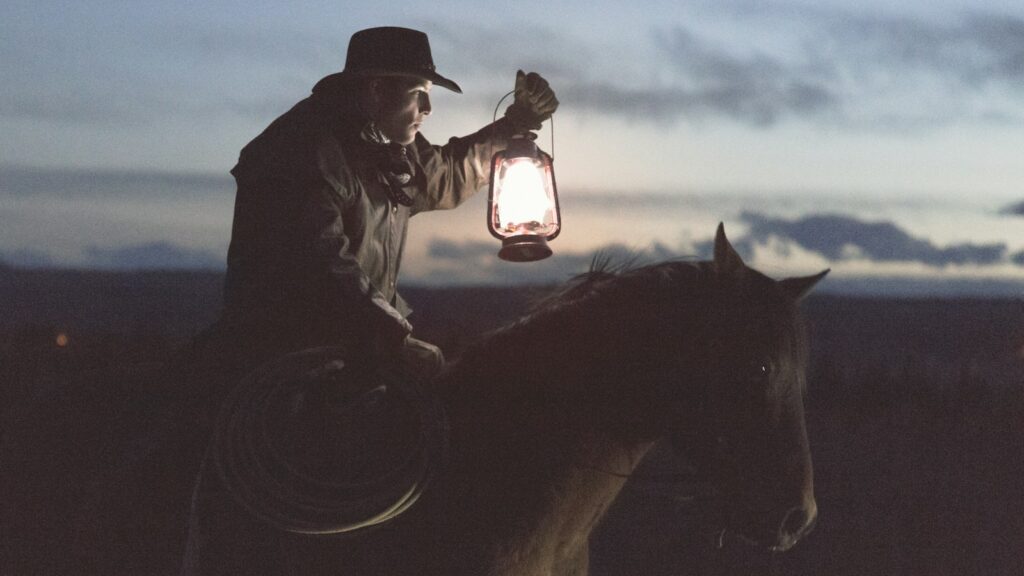
When cowboys transitioned from contemporary workers to mythic American figures in literature, film, and popular culture, horses remained inseparable from their image and appeal. From early dime novels to Hollywood Westerns, the iconic silhouette of rider and mount against the horizon became one of America’s most powerful cultural symbols. Famous screen cowboys were identified as much by their distinctive horses—Roy Rogers’ Trigger, the Lone Ranger’s Silver, or John Wayne’s various mounts—as by their own characters. This visual and narrative centrality of horses in cowboy mythology reinforced their essential role in the authentic historical experience while elevating them to symbolic status in American identity more broadly. Through this cultural transmutation, the practical partnership of working lives became the mythic bond that still defines our collective image of the American cowboy.
Legacy and Contemporary Cowboy Culture
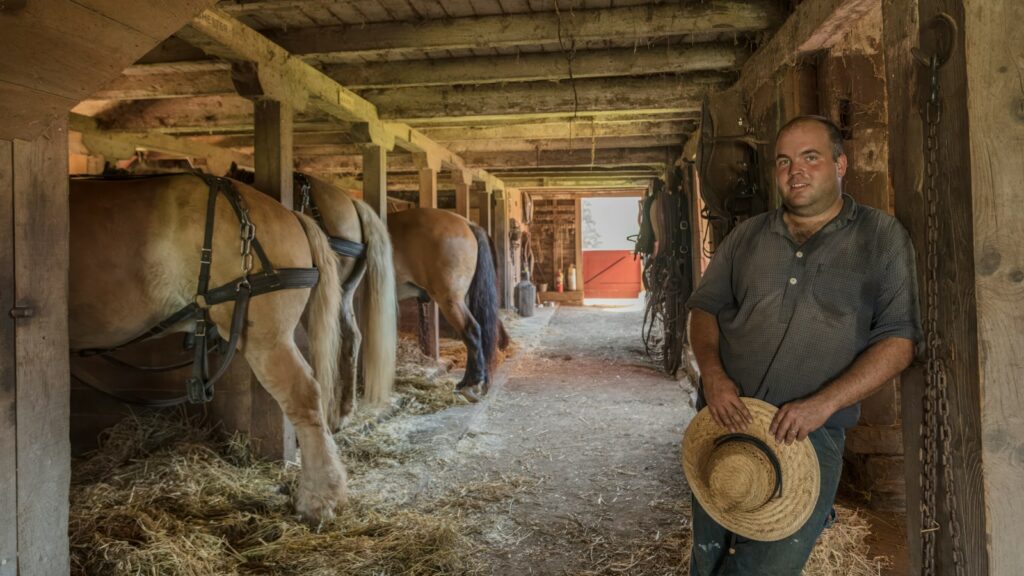
In contemporary ranch work and Western culture, horses remain fundamental to authentic cowboy identity despite technological alternatives. Modern working cowboys still prefer horses for many tasks where ATVs or other vehicles could theoretically substitute, recognizing that horses offer unique advantages in navigating difficult terrain, working with cattle, and maintaining ranching traditions. Organizations dedicated to preserving Western horsemanship, from cutting horse associations to working cow horse competitions, maintain the specialized knowledge and skills developed over centuries of cowboy-horse partnership. This enduring connection speaks to something deeper than mere practicality—it represents cultural continuity and the preservation of a relationship that defined an American archetype. For today’s working cowboys and cowgirls, horsemanship remains both a practical skill and a living link to the heritage that shaped the American West.
conclusion
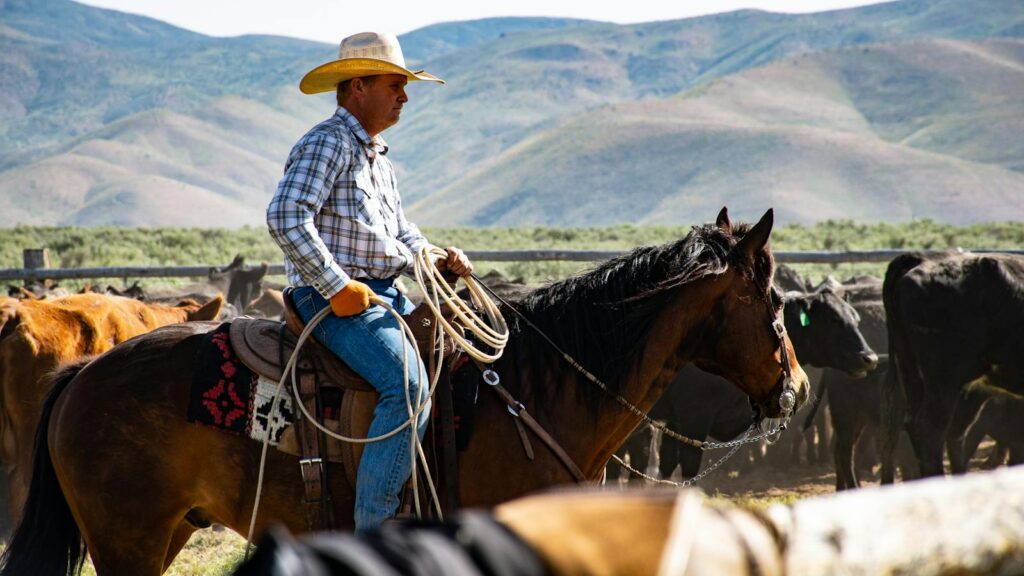
The profound integration of horses into cowboy identity represents more than just a historical working arrangement—it embodies a unique relationship that transformed both American culture and our understanding of human-animal partnerships. From their practical indispensability on the frontier to their symbolic power in national mythology, horses enabled the cowboy to emerge as an enduring icon of American values like self-reliance, freedom, and mastery of the natural world. This relationship, born of necessity but elevated through skill and mutual dependence, created a cultural legacy that continues to resonate far beyond the ranches and ranges where it began. In the horse, the American cowboy found not just a tool or companion, but the defining element of an identity that would captivate the world and come to represent the spirit of a nation.



